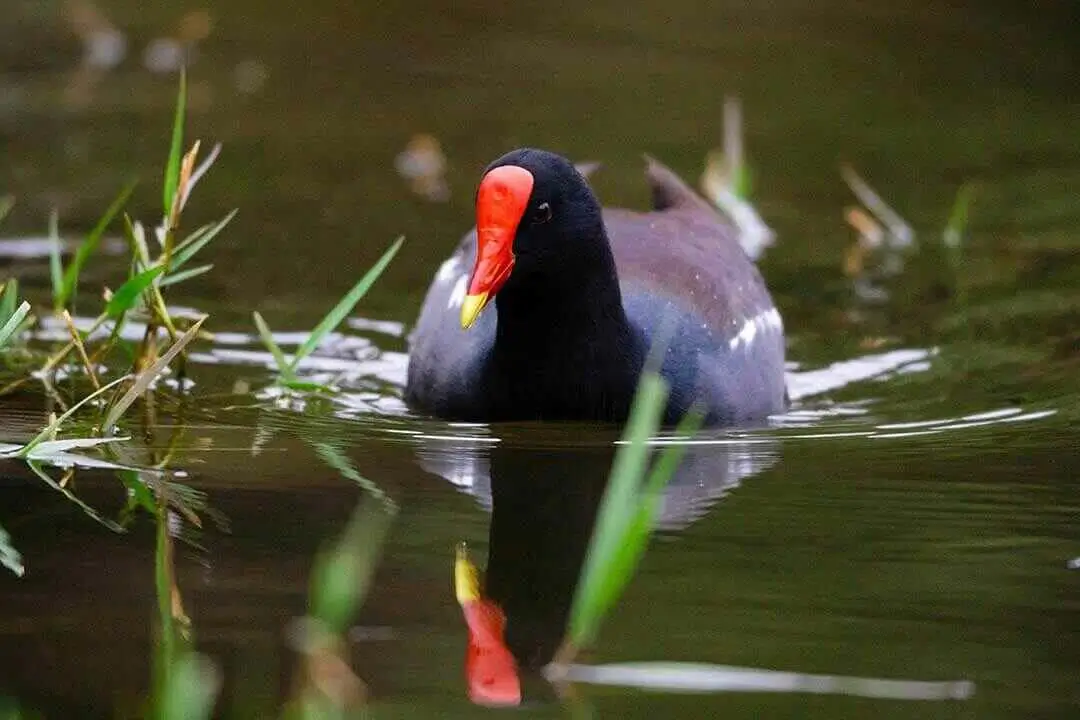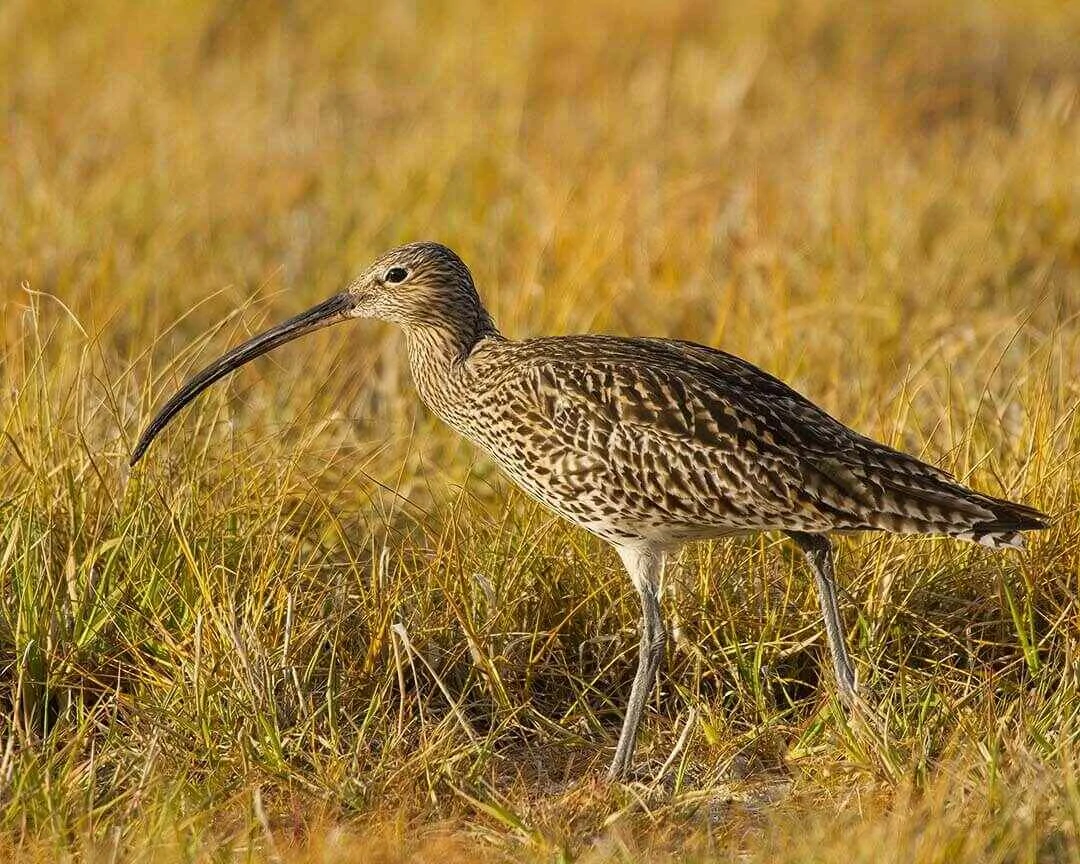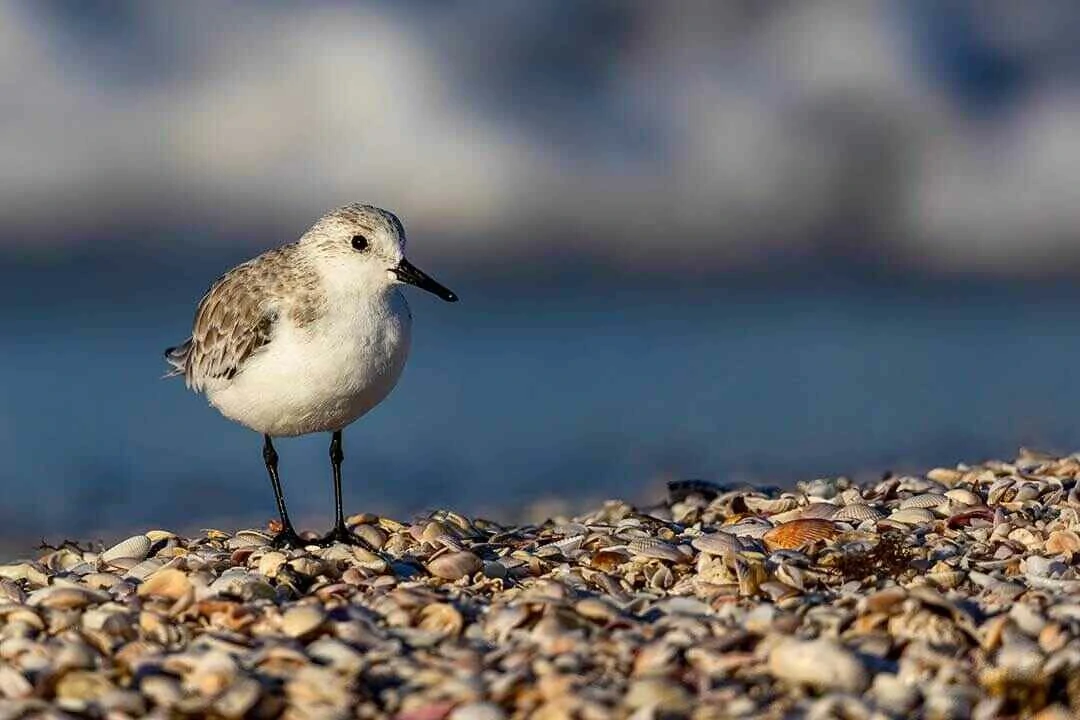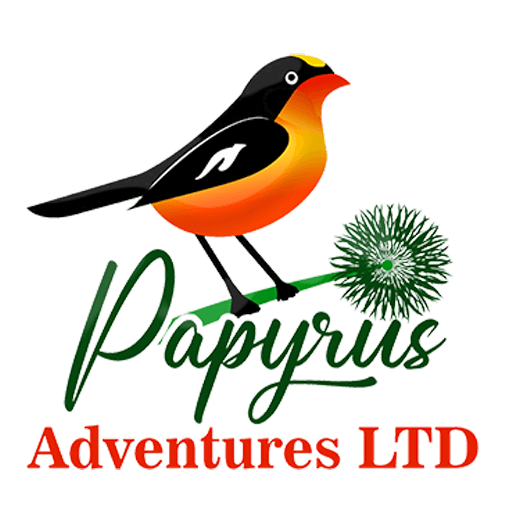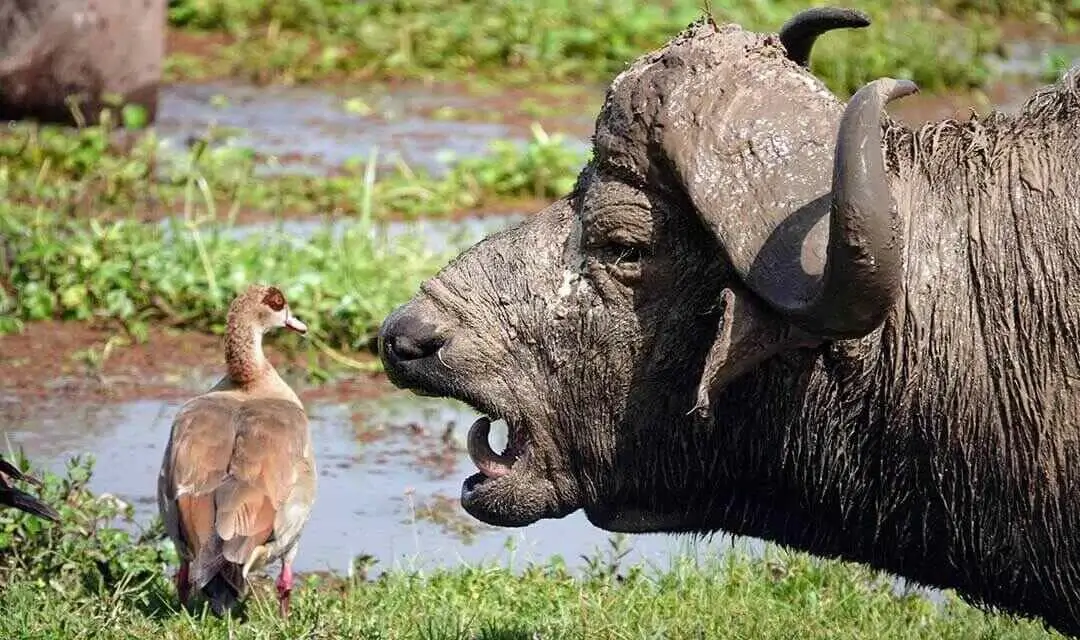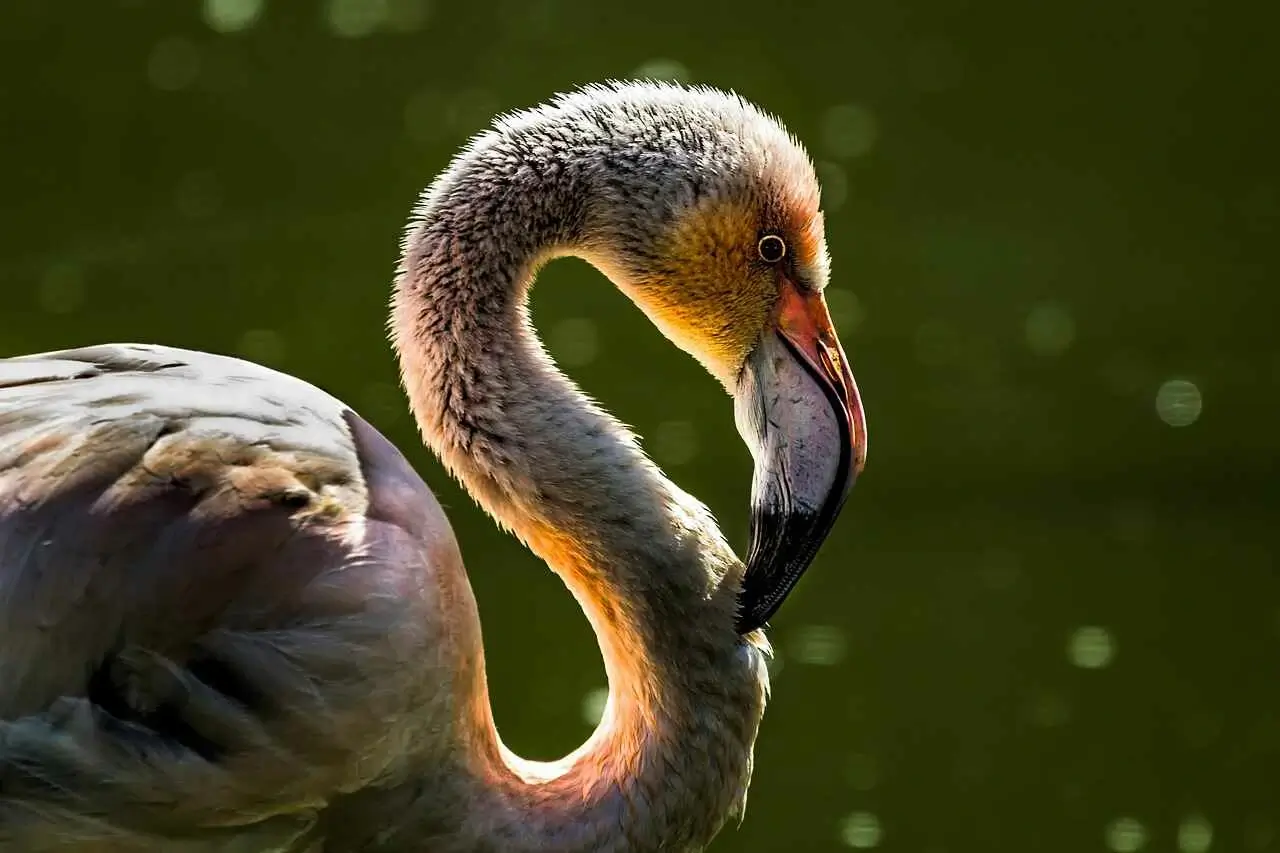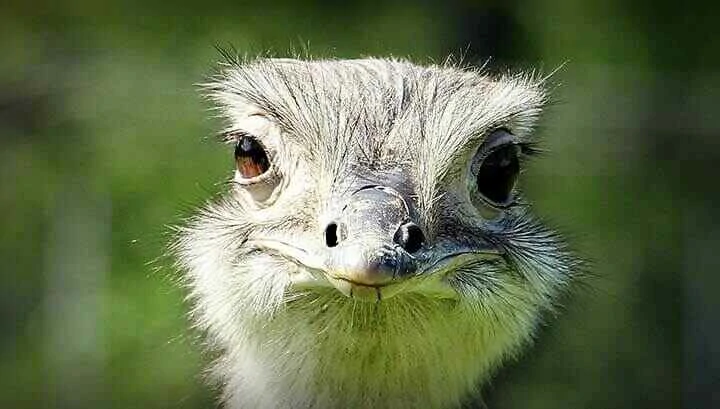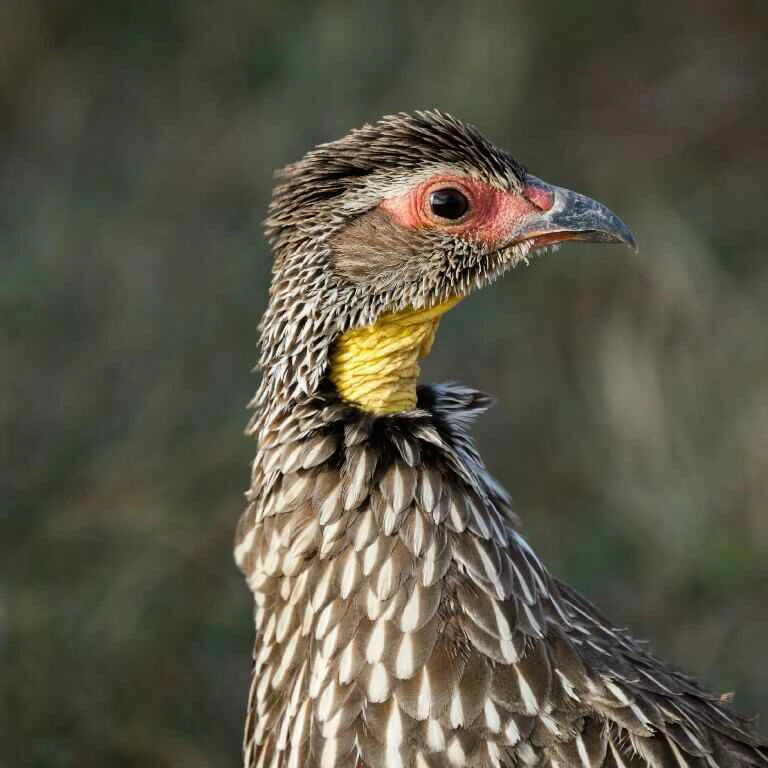The Republic of Seychelles lies in the western Indian Ocean is made up of around 40 inner or granitic islands and more than 70 outer islands. The granitic islands hold the vast majority of the country's human population and are made up of ancient rocks that formed as part of a continent over 600 million years ago, separating from other land masses about the time of the final extinction of the dinosaurs 65 million years ago. Because they are ancient and remote from other land, the inner islands support a range of species found nowhere else on earth endemic species. The archipelago has been recognised as one of 218 Endemic Bird Areas on earth, by the conservation and research body BirdLife International. In addition to their importance for land birds, the islands support populations of breeding seabirds and are the regular winter home of many wading birds that spend the summer months around the Arctic Circle.
Do You have any Questions?
Our Experts are ready to provide answers
Birding Destinations in Seychelles
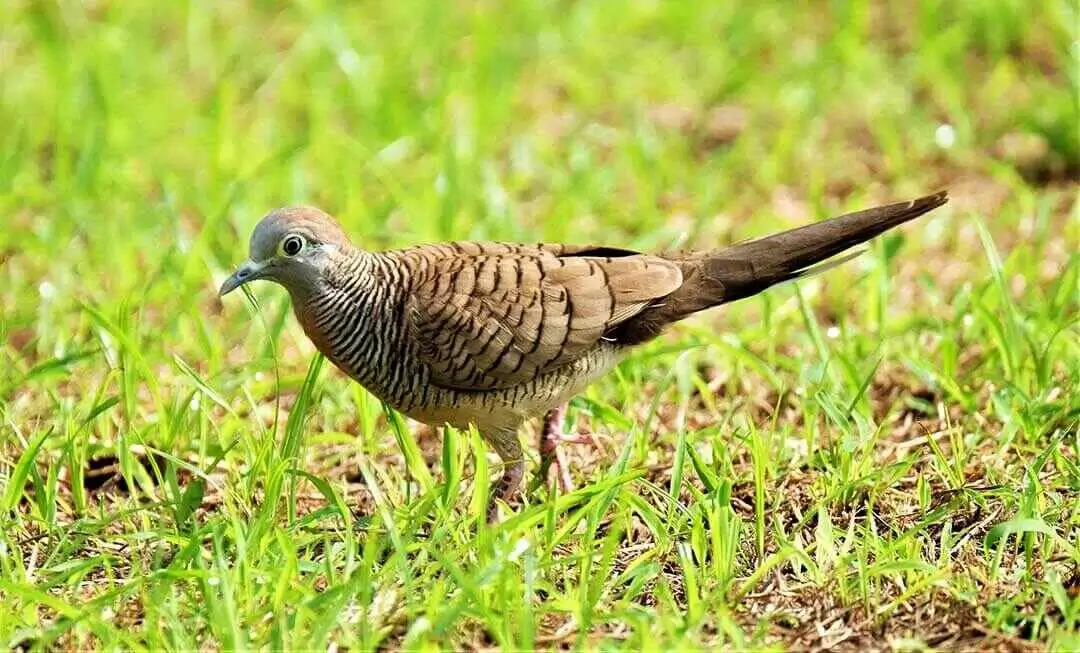
Birding in Aride Island
Aride has one of the most important seabird populations in the Indian Ocean. Eighteen species of native birds including five only found in Seychelles breed on Aride, this is far more than on any other granitic island.
Read More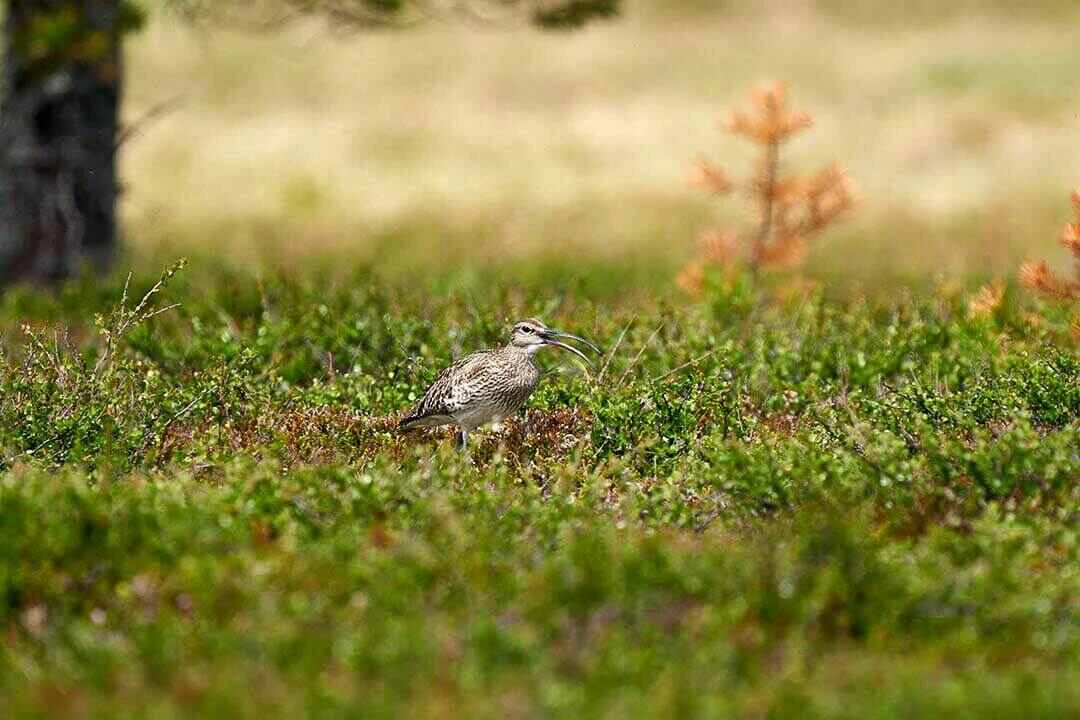
Birding in Cousin Island
This Important Bird Area is one of the sites of highest ornithological interest in Seychelles. It used to be the last refuge of Acrocephalus sechellensis, with 26 to 29 individuals surviving in 1959.
Read More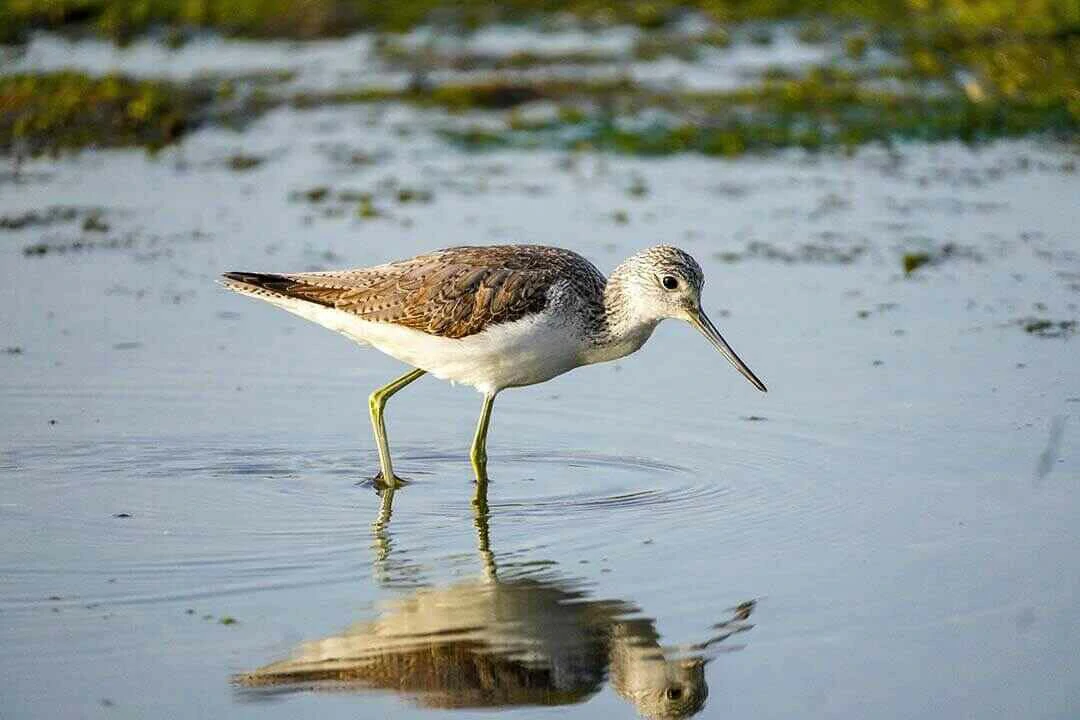
Birding in Morne Seychellois National Park
This Important Bird Area also includes the mountainous area to the southeast, between the former Satellite Tracking Station (New Savy), Cascade, Montagne Planeau, Grand Bois, Castor, Varigault and Mont Sébert. This area lies outside the national park, but a project exists to partially protect it.
Read More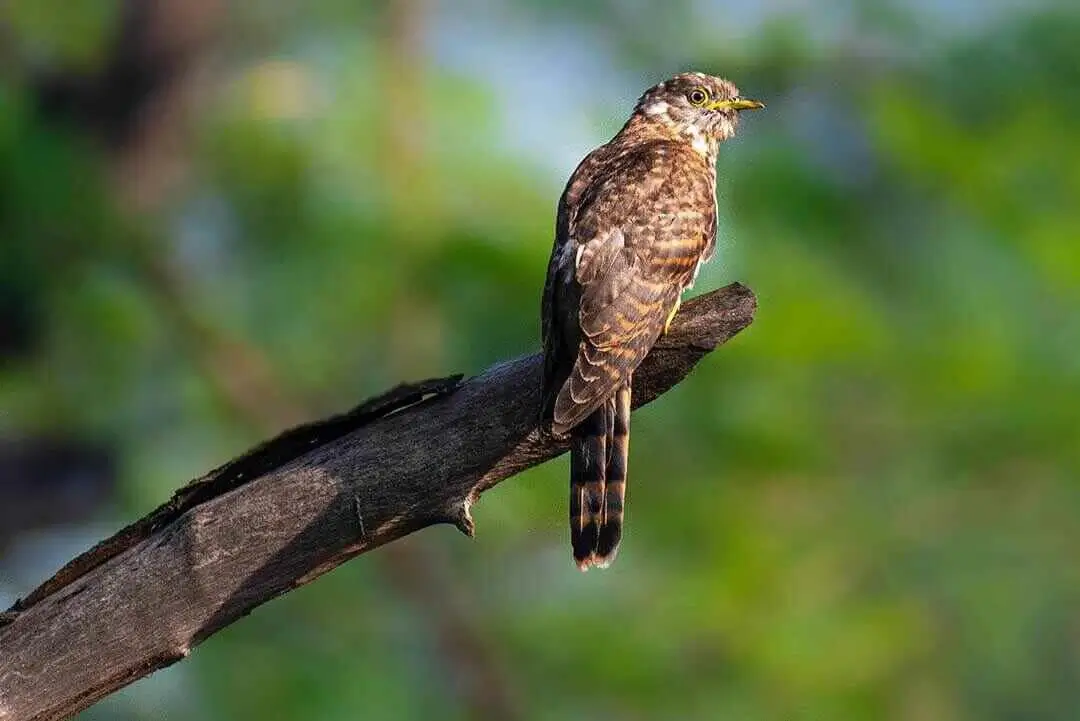
Birding in Praslin National Park
This Important Bird Area is also of vital importance for Coracopsis (nigra) barklyi, as it represents its main breeding and feeding area. Restricted to Praslin and Curieuse, it is the national bird of Seychelles.
Read MoreTravel With Us
When considering your next adventure, Papyrus Adventures stands out as the ideal travel companion, offering a comprehensive package of benefits that ensure an unparalleled experience.
Best Price Guaranteed
With our "Best Price Guaranteed" policy, you can rest assured that you are getting the most value for your investment.
Professional Safari Guides
Our commitment to excellence extends to our team of "Professional Safari Guides," who possess extensive knowledge and expertise, ensuring a journey filled with insightful and unforgettable moments.
Locally Owned Company
Papyrus Adventures is deeply rooted in the destinations we explore, allowing us to provide authentic and immersive experiences that showcase the rich cultures and landscapes of each location.
24-7 Customer Support
our "24-7 Customer Support" ensures that your needs are met around the clock, providing peace of mind and a safety net for any unforeseen circumstances.
